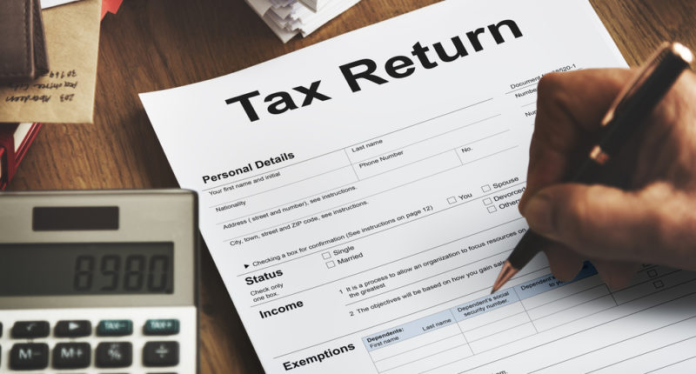Income tax return filing: The deadline for filing Income Tax Return (ITR) for the financial year 2022-23 (Assessment Year 2023-24) is 31 July 2023.
The Income Tax Department has enabled online filing of ITR-1 and ITR-4. ITR-1 is filed by individuals, including salaried persons and senior citizens. The ITR-4 form can be used by individuals, HUFs and firms (other than Limited Liability Partnership firms) having a total income of up to ₹50 lakh.
Form-16 is generally used by salaried persons to file their ITR. However, this is not always necessary. Actually Form-16 is a certificate of tax deduction at source issued by the employer and plays a vital role in ITR filing for salaried individuals. It gives the details of salary paid to the employee, deduction claimed by the employee and tax deducted from him.
What is Part A and Part B of Form-16
Part A gives the summary of taxes deducted and deposited by your employer as TDS. Part B of Form-16 shows the details of salary income and deductions claimed by the employee to reach his taxable income.
When is Form-16 issued?
Every salaried person generally receives Form-16 from his employer on or before 15th June of the assessment year. Section 203 of the Income Tax Act, 1961 makes it mandatory for the employer to issue Form-16 to his employees, indicating their total TDS on income.
What are the things to be kept in mind while filing ITR in Form-16?
Before filing your ITR, it is necessary to cross-check and verify the information in Form-16 with your salary slips, AIS (Annual Information Statement), and Form 26AS.
According to Abhishek Soni, Co-founder and CEO of Tax2win, it is important for salaried individuals to pay attention to the following aspects of Form-16 while filing ITR:
PAN and personal details
Verify that the PAN mentioned in Form-16 matches with your PAN. Additionally, cross-check your name, address and employer’s TAN (Tax Deduction and Collection Account Number) and PAN.
Part A of Form-16
It is important to compare the tax deduction details in Part A of Form-16 with the information in your Form 26AS, which is a consolidated statement of taxes deducted and paid and AIS.
Part B of Form-16
It summarizes the income paid by your employer. Make sure that any tax, deduction and exemption claimed by you is reflected correctly in Form-16.
Cross-verify tax deductions
It is important to cross-check the actual tax deducted from your salary income, by comparing it with the taxes reflected in Form-16, Form 26AS and AIS (Annual Information Statement). If you identify any mistakes, immediately bring them to the notice of your employer and request them to rectify the information in Form-16. It is important to ensure that the correct details align with Form 26AS and AIS.
Job change and multiple employers
If you have changed jobs during the financial year 2022-23, it is important to take Form-16 from both the employers. This will help you determine actual taxable wages and ensure accurate reporting. Remember that additional tax may be payable on account of change of job if you have not informed the present employer about the income earned with the previous employer.
What to do before getting Form-16?
Before obtaining Form-16, employees should keep handy the details of capital gains, interest income of fixed deposits, rental income and any investment made to claim the deduction.













